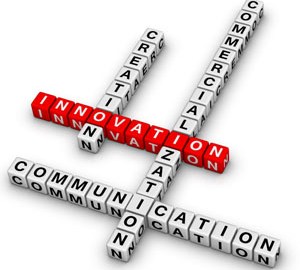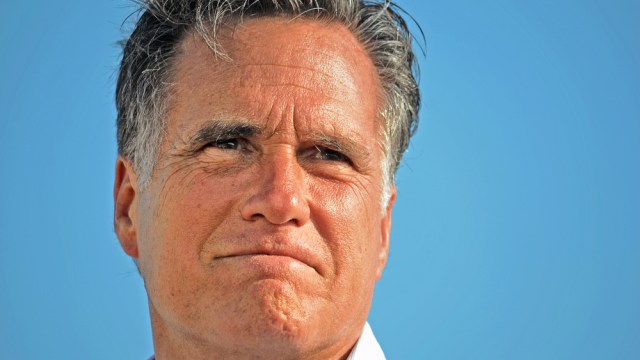Engineering Innovation

Entrepreneurship is booming: we can see it in all the startup accelerators, incubators, and hackathons filling up and expanding around the world. But for every success story there are hundreds of failures. So as the trails of attempts pile up, academics have been looking into the process to identify some of the key differences between those that make it and those that don’t. What they’ve found has little to do with what college you went to or how well you score on an IQ test, and more to do with the team, environment, and executing strategy behind the venture. So as Singularity University’s GSP class enters its 10^9 Team Project phase, what we’ve learned about innovation is embedded within the process at hand. The lessons learned about what separates the cream of the crop from the rest are all played out here at the NASA Research Park in Silicon Valley, and in this brief post you’ll get a feel for how it all goes down.
Researchers have found that for team chemistry, there is a certain threshold of familiarity in which communication thrives. Brian Uzzi is a sociologist at Northwestern University and has studied these dynamics in Broadway musicals. Uzzi found the relationships among collaborators to be a vital factor for the success of a show, and that team members with too little experience working together were unable to communicate effectively, while team members with too much experience working together tended to stifle fresh thinking. The balance of the two, where teams are connected by the idea without being accustomed to each other’s company, facilitates a healthy relationship for entrepreneurial success. And after just 4 weeks of getting to know each other, the GSP participants have their teams chosen primarily based off the Global Grand Challenge they wish to solve.
Additionally, the environment that brings the idea into fruition also plays a pivotal role in the venture’s outcome. In his book Where Good Ideas Come From, Steven Johnson examined the spaces that have produced abnormally high levels of creativity and innovation, and found recurring patterns throughout history. From the British coffee houses in the Age of Enlightenment to the Parisian salons of Modernism, great ideas tend to arise from a collision of minds. Johnson likes to say “chance favors the connected mind” – and at Singularity U all of these trends come into play. We have over 80 highly educated thinkers and do-ers representing over 36 countries dorming here on base – with good food, coffee, and wine for late evenings, the environment is primed for connection and collaboration.
As the students now have their teams, and a range of ideas about what their projects might look like, it’s time for the execution phase of the summer – where the make-or-break magic is set to kick off. We have Eric Ries as our Entrepreneurship Track Chair and his Lean Startup Methodology will definitely be utilized to its fullest extent. With 3D Printers and some other toys in the Innovation Lab, we have the ability to create a Minimum Viable Product and start iterating its way forward to success. But the ideas we’re talking about are big, really big. From disruptive mobile platforms for the developing world to launching something into space, these teams were taught to dream boldly. The best technique for combining this sort of ambition with the pragmatism needed to get a business off the ground is a mindset referred to as Design Thinking. IDEO tailored the approach, and CEO Tim Brown describes it nicely as: “a human-centered approach to innovation that draws from the designer’s toolkit to integrate the needs of people, the possibilities of technology, and the requirements for business success.” It is this type of thinking, within the context of the environment at Singularity U and the amazing teams that have formed around the Global Grand Challenges, that has me optimistic something brilliant could arise out of this summer.
At the end of the day, however, entrepreneurship requires a bit of luck. You can have an amazing idea, a killer team, and the best strategy in the world – but maybe the market isn’t receptive or the technology is too advanced. When engineering innovation, there is only so much you can do. By providing all of the ingredients for success, the hope is that minds will meld and the sum of ideas will end up greater than its parts. We shall see if that is the case in the coming weeks, as Singularity University goes from futurist think tank to high-tech incubator, entrepreneurial magic could be brewing.





